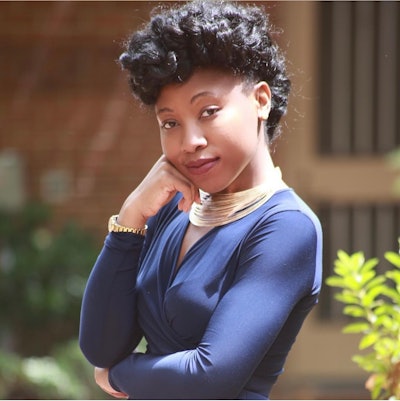As I am sure the title of the post may raise some questions that I will unpack, first I have a question of my own:
How do institutions and organizations hope to gain or “add” diversity, equity, and inclusion (DEI) when the cultures, behaviors, and practices that jeopardize them aren’t subtracted?
I find the mathematics of many diversity, equity, inclusion efforts is off. Specifically, I see spaces believing they have made or stand to make significant strides in improving their climate and culture while removing nothing that harms the cultivation and sustaining of such. Given this, why should we not expect for a space to be just as problematic and hegemonic after a DEI effort has been made?  Dr. Constance Iloh
Dr. Constance Iloh
My concerns are numerous. If cultures that facilitate inequities and abuses in work environments remain intact, what was the benefit of the DEI effort? If the ecosystem is still a playground for perpetrators of a myriad of forms racism, anti-Blackness, sexism, ableism, etc; what did the diversity, equity, and inclusion initiative do? If some feel just as comfortable engaging in behaviors and activities (such as bullying, mobbing, gatekeeping, and harassment) that push out minoritized employees especially, what has the DEI effort changed?
There is no mistaking that the business that is DEI is a million-dollar industry that costs financially. It is especially a cash cow in the realm of business, academia, and postsecondary learning. At present, there are many organizations and institutions spending significant sums of money on DEI trainings, lectures, programs, certificates, and initiatives. This, however, is not the cost I am referencing.
The specific failure I identify here is in the belief that organizations do not have to give up some of what they are to be what they could become. Diversity, equity, and inclusion cannot exist nor survive solely as an addition. A pivot from this thinking would require several considerations.
First, organizations and institutions need to be honest about whether they even want a space that is diverse, inclusive, and equitable. If a space merely wants to appear the part to get a gold star in “performing DEI,” we must recognize that is qualitatively different than a space that is willing to give up its ways to move towards diversity, equity, and inclusion. Another needed approach is for any DEI effort to be strategically specific and contextually-relevant. Treating DEI as a one-size-fits-all does little to identify particular challenges and create solutions that address threats to diversity, equity, and inclusion in a space. Lastly, it is important to consider if DEI is even the appropriate framing for the issues at hand. I seldom reference concerns occurring in social institutions through the lens of DEI because I understand that oftentimes oppression and institutionalized violence are more accurate ways of seeing these historical and extant problems.
Ironically and sadly, DEI efforts are often most costly to individuals pushing for and needing change for the better. We see this in poorly cultivated initiatives that function to single out those who are most vocal or those suffering most. Accordingly, hostility, abuse, toxic positivity, and retaliation can be frequent occurrences in spaces that tout DEI approaches that are not meant to identify and address what hinders diversity, equity, and inclusion.
Before adding another diversity, equity, and inclusion effort or initiative for the sake of doing so, an effective question might be: is this even designed to work?
The truth is too many organizations and institutions want diversity, equity, and inclusion that “costs” them nothing and therefore changes nothing.
Moreover, many spaces want a diversity, equity, and inclusion created in their own image; which ultimately isn’t diversity, equity, or inclusion at all.
Dr. Constance Iloh is an anthropologist, visual artist, and qualitative methodologist. You can follow her on Twitter @constanceiloh.















